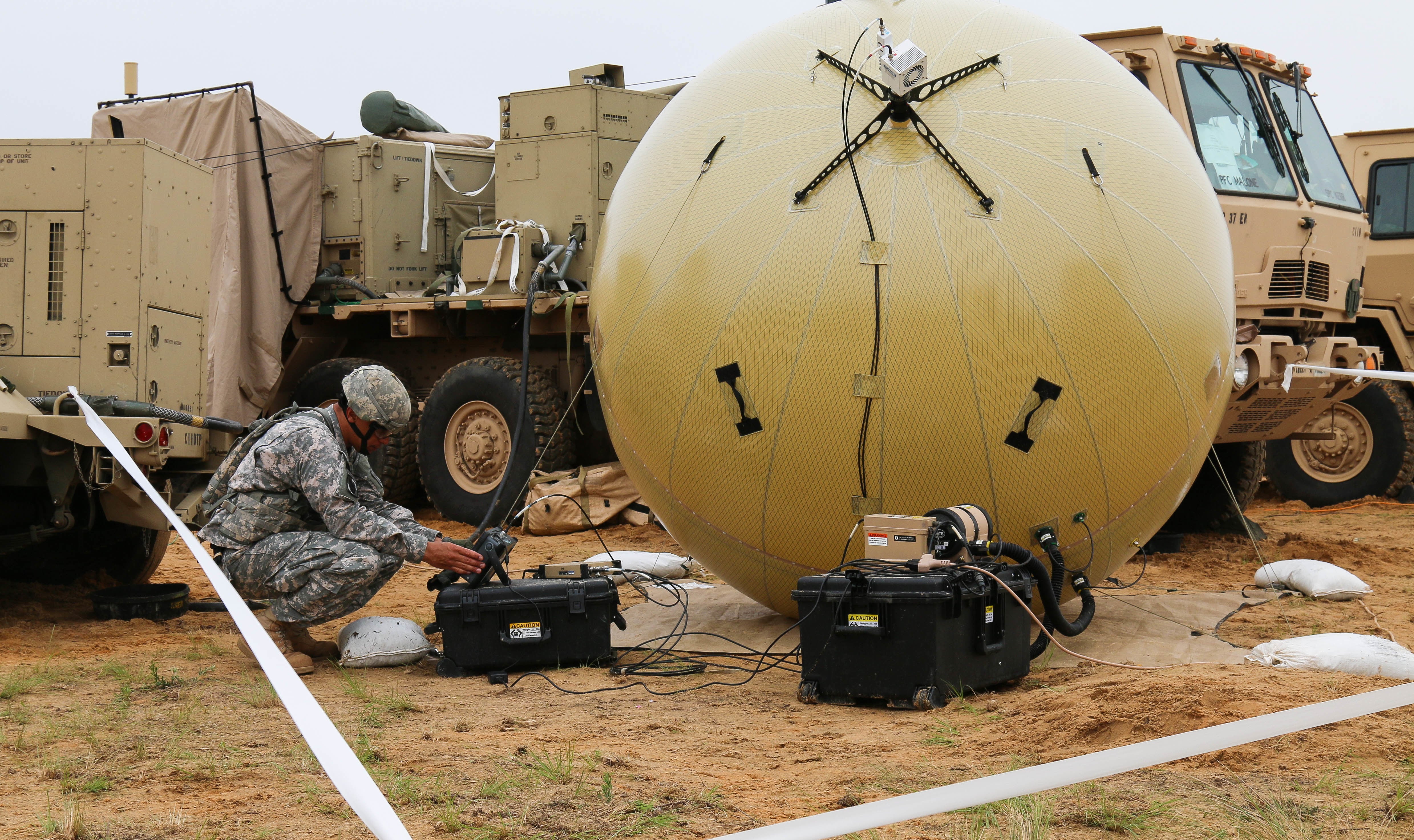In the Army's ongoing efforts to increase satellite bandwidth at the tactical edge, the service is moving to augment existing Ku-band terminals with X- and Ka-band options.
The realignment of radio frequency bands is critical to ensure "that units are provided with enough bandwidth to enable operational flexibility and to support all phases of operations," said Michael Beery, deputy product manager for satcom, assigned to Project Manager Warfighter Information Network-Tactical (PM WIN-T).
PM WIN-T is procuring Ka- and X-band upgrade kits for existing Ku-band terminals. These upgrades will allow users to access the Wideband Global SATCOM (WGS) system. The kits must be WGS certified.
Military use of Ka- and X-bands should decrease dependence on commercial satcom and free funding for other Army priorities, Beery said.
Ka could offer expanded operational flexibility. For example, commanders might choose to devote Ka usage to unmanned aerial vehicles that can fly above atmospheric interference, which would free up Ku-band for use by troops on the battlefield. Ka likewise holds the promise of greater throughput, smaller size and less likelihood of signal degradation due to weather.
Commercial Ku, however, likely will remain an important part of the mix. "There are many more Ku commercial satellites in the available constellation than WGS satellites. Consequently, commercial Ku offers much more available satellite bandwidth," Beery noted.
Driven by such considerations, the transition to alternate frequencies likely will be gradual. "Yearly analysis of the availability and demand for satcom at the tactical level consistently concludes that a mix of military and commercial satcom at several different bands will be essential to meet the needs of the war fighter," Beery said.
PM WIN-T also continues developing to pursue its Transportable Tactical Command Communications (T2C2) program. This will provide two versions of advanced, lightweight, deployable satellite systems, which in turn will enable forces in the early entry phase of joint operations to connect to the WIN-T network, Beery said. During later operational phases, T2C2 will extend the network to the tactical edge.In addition to pursuing frequency adjustments, the Army is looking at form factor for satellite users, including micro very small aperture terminals (VSATs), Global Rapid Response Information Packages (GRRIPs), and inflatable antennas. These units can generally be operated by troops with no communications background to deliver "uninterrupted mission command at every stage of the operation, from home station to early entry to the tactical edge of mature operations, with our joint and coalition partners," Beery said.
The current timeline calls for T2C2 product selection in 2016, with fielding expected to begin in 2018.
RELATED: Satcom for tactical forces C2








